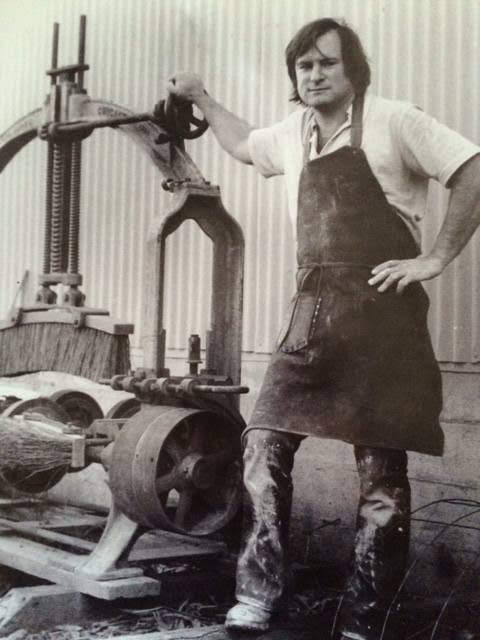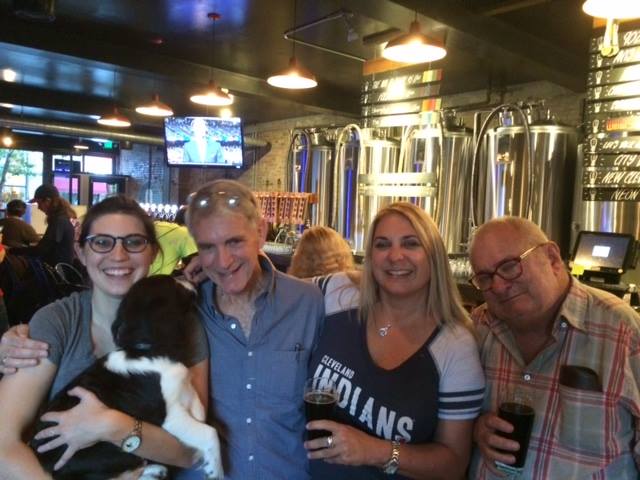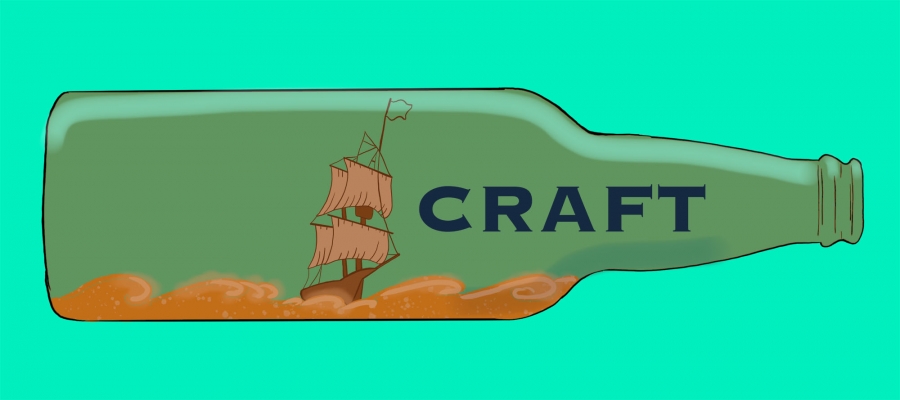One of the things that my friends and I do for fun is we go to breweries and we try out different craft beers. Nowadays, there are breweries both big and small, and beers come in a ton of different flavours. The creativity in the beer world seems endless. It’s led to wild and daring creations, such as a beer named Burke in the Bottle which was a beer made with beef hearts. And even a beer which was made with ground up meteorites, and brilliantly named Celest-jewel-ale.
So how did beer become so creative? Where did the idea of craft beer come from? This is what we’re going to find out. We spoke to John Holl - author of "Drink Beer, Think Beer: Getting to the Bottom of Every Pint", Renée DeLuca - the daughter of Jack McAuliffe who is credited with opening the first post-Prohibition microbrewery in the U.S., and professor Michael Lewis - a professor of brewing.

Let's begin with the question - what is "craft beer"? The most straightforward way to do this is to say that a craft beer is a beer made by a craft brewer. The Brewer’s Association defines a craft brewer as small, independent and traditional. Small means that you make no more than 6 million barrels of beer a year, independent means that your brewery can not be 25% or more owned or controlled by a non-craft brewer, and traditional requires that your beers are brewed with accepted ingredients. With that definition, you’d think that craft beers must have been around for a long time, because if you go back far enough, everything used to be on a smaller, more local scale. But the idea of craft beer is a post-prohibition concept, because back when everything was essentially a craft product, you didn’t need a term to specify that something was made with care on a small scale.
Before prohibition hit in 1920, there were over 4,000 breweries in the United States and that included both large and small brewing companies. Just like you could go to your local bakery to get bread or your local butcher to get meat, you could go to your local brewer to get beer. Prohibition led to the shut down of many brewing companies and after it ended in 1933, the big brewing companies took hold. For a brewing company to survive Prohibition, they needed to be able to make something other than beer. For example, years before Prohibition, Coors had already started diversifying, investing in ceramics around the time the First World War started. Within a few years of that, they acquired The Herold China and Pottery Company and in 1920 this was renamed the Coors Porcelain Company. Another brewing company, Yuengling, started an ice cream business in 1920. And Annheuser-Busch made non-alcoholic drinks and ice cream to get through the prohibition years.

So, following Prohibition, only the strong few survived and we were left with a lot less diversity. All we had was mass-produced beer-flavored-beer. It was in this environment that the concept of a craft beer was born. The idea that something made on a smaller scale is unique and valuable.
Decades after Prohibition ended, the New Albion Brewing Company opened in 1976. It’s considered the first post-prohibition microbrewery in the United States. It was founded by Jack McAuliffe. While he was in the navy, and being stationed in Scotland, he tried the local beers. Upon finding that he couldn't get the same flavours back in the United States, he decided to brew them himself. So Jack McAuliffe put together the equipment he needed and started brewing small batches. People took notice of this small-scale brewery, and other brewers followed this same path. The term "craft beer" emerged to distinguish the new small breweries.
Special Thanks to Our Interviewees:
John Holl - author of "Drink Beer, Think Beer: Getting to the Bottom of Every Pint"
Renée DeLuca - daughter of Jack McAuliffe
Michael Lewis - professor of brewing

